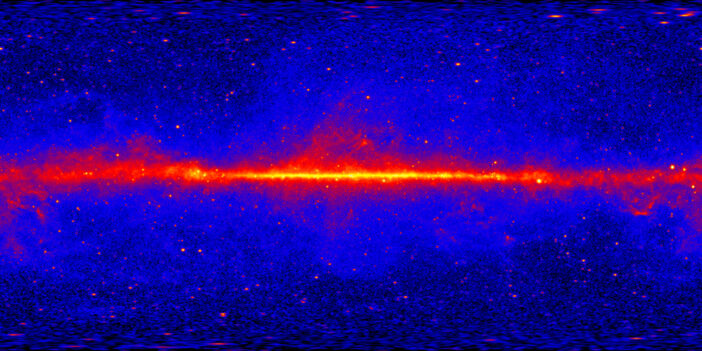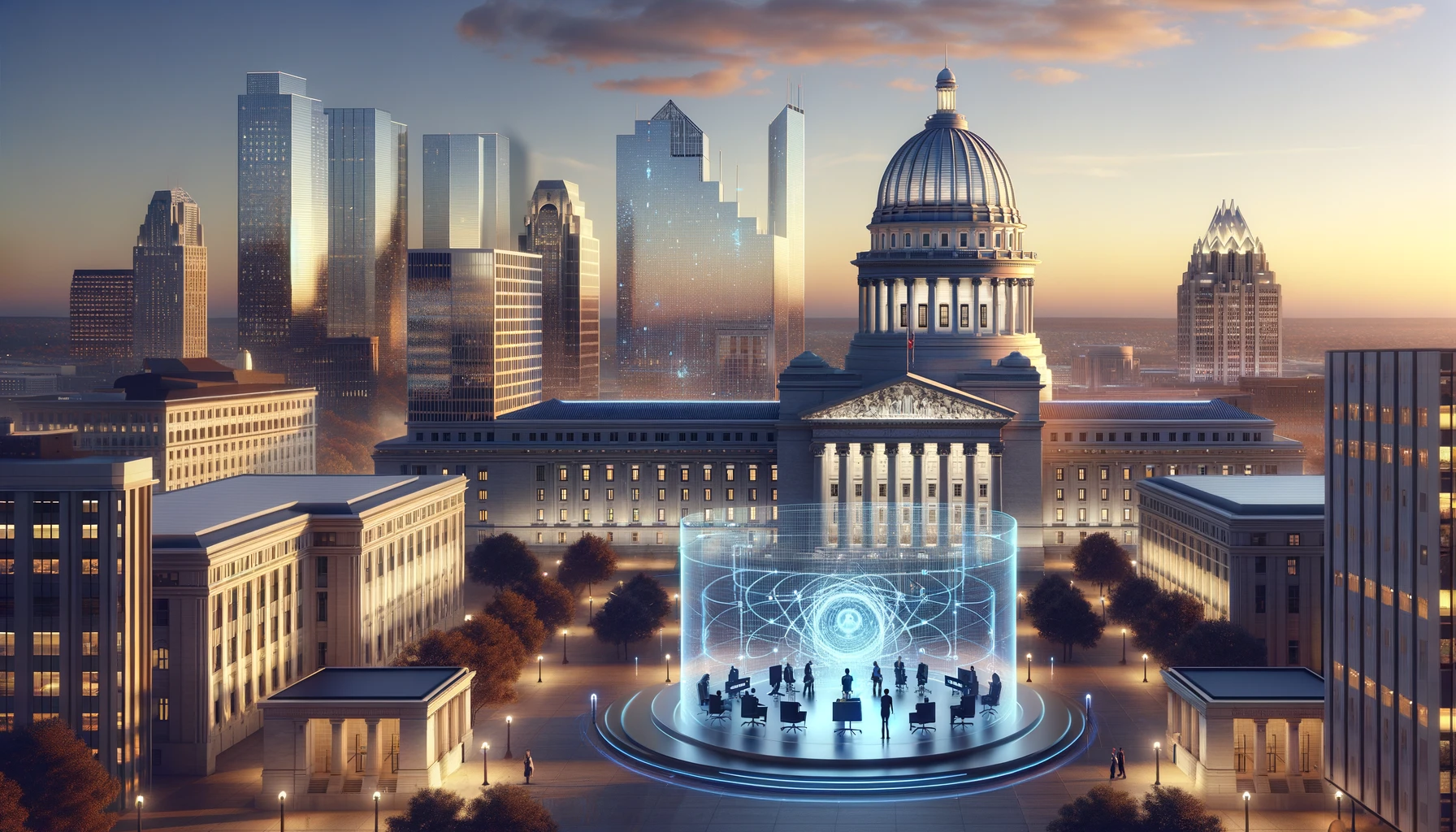For the first time, a fusion device at the University of Wisconsin in Madison has generated plasma, inching one step closer toward using nuclear fusion as a source of carbon-free energy.
The post UW-Madison one step closer to harnessing the power of the sun through fusion research appeared first on WPR.
Read the full article at: https://www.wpr.org/news/uw-madison-one-step-closer-to-harnessing-the-power-of-the-sun-through-fusion-research
